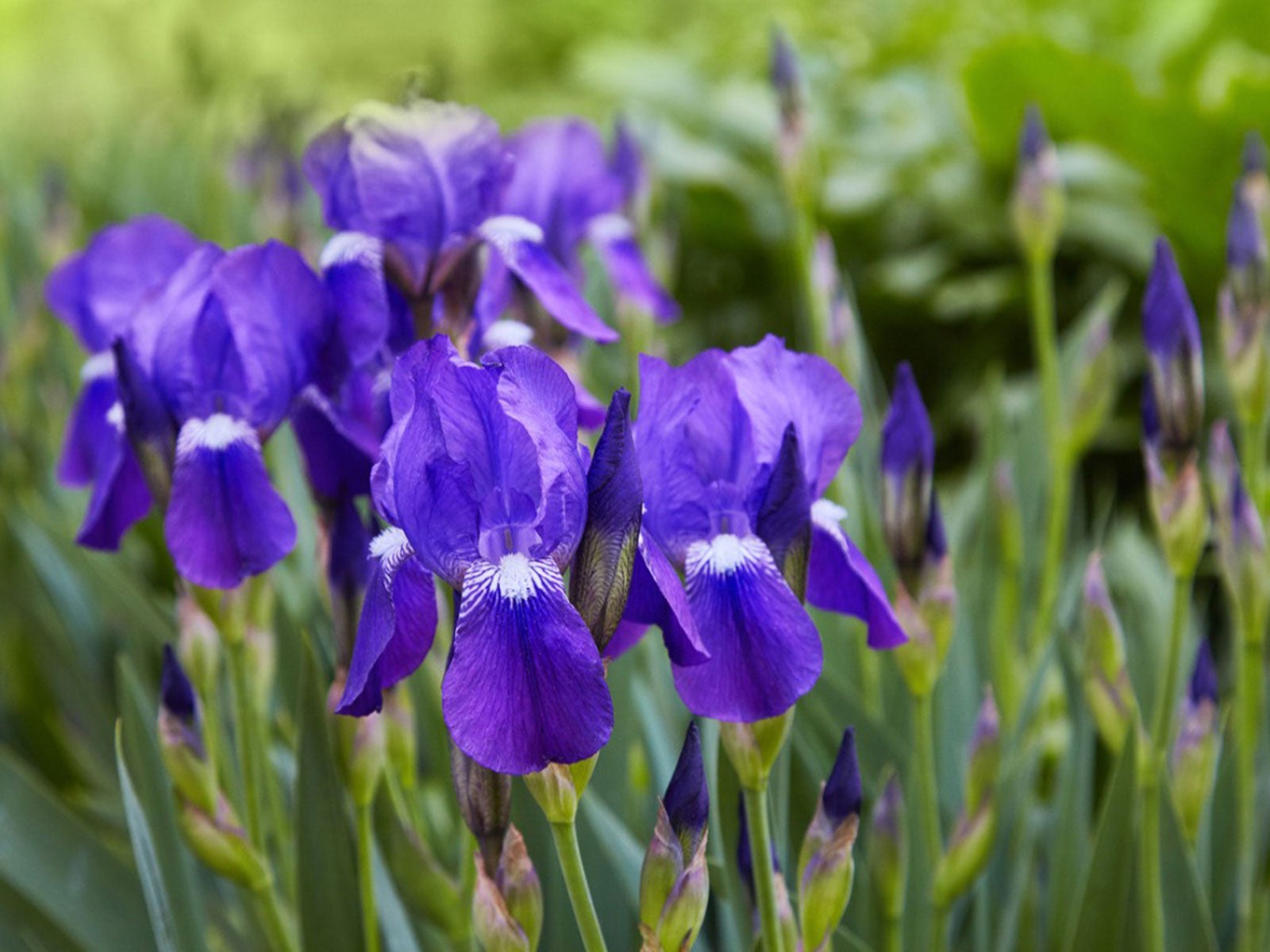Central U.S. Perennials – Growing Perennials In The Ohio Valley


Gardening may be an ideal way to spend a relaxing Saturday afternoon, but in this day and age, spare time is a luxury most gardeners can't afford. Perhaps that's why so many gardeners turn to hardy perennials. Plant them once and they return each year with renewed vigor and bountiful blossoms.
Hardy Perennials for Central Region and Ohio Valley Gardens
When planting perennials in the Ohio Valley and Central regions, it's wise to consider the plant's winter hardiness. These areas of the continental United States can experience frigid winter temperatures and accumulating amounts of snowfall.
Tropical and semi-tropical plants can't survive these harsh winter environments. Additionally, digging up bulbs and moving tender perennials indoors is time consuming and tedious.
Luckily, there are quite a few central U.S. perennials which can survive the frigid temperatures Mother Nature delivers to these regions. Let's take a look at several winter-hardy perennial options to try:
- Bearded Iris: These old-fashioned favorites are easy to grow and available in a multitude of solid and multicolored varieties. Plant bearded irises in accent groups throughout the flowerbed or use as border and edging plants. Irises prefer a sunny location and make excellent cut flowers.
- Daylily: From their clumps of grass-like foliage to their long blooming spikes of flowers, daylilies add bold eye appeal as accent plants in flowerbeds or in mass plantings along decorative fences. They pair well with ornamental grasses and small shrubs. Plant in full sun.
- Hibiscus: Related to the tropical species, hardy hibiscus can survive the brutal winters of the Central U.S. states and Ohio valley. Perennials of Hibiscus moscheutos are often called dinner plate hibiscus in reference to their large, showy flowers. These late emerging flowers prefer full sun and bloom in mid to late summer.
- Hosta: This shade-loving genus contains many species and varieties. Hosta adds color and texture under trees and on north facing flowerbeds. Try mixing several varieties of hosta with various ferns to give shady corners of the garden a deep woodsy appeal. Hostas send up spikes of delicate lavender flowers during the summer months.
- Lily: Renowned for their beautiful blossoms, the lily genus contains between 80 and 100 species including Easter, tiger, oriental, and Asian lilies. Lilies are easy to grow and prefer sunny locations in the garden. Depending upon the variety, lilies bloom from early to late summer.
- Sedum: With hundreds of species from which to choose, these sun-loving succulents are perfect in flowerbeds and rock gardens. Taller varieties grow on upright stems which die back to the ground in the winter. The shorter, creeping types of sedums are evergreen and make excellent groundcover around steppingstones and in rock gardens.
Sign up for the Gardening Know How newsletter today and receive a free copy of our e-book "How to Grow Delicious Tomatoes".

Laura Miller has been gardening all her life. Holding a degree in Biology, Nutrition, and Agriculture, Laura's area of expertise is vegetables, herbs, and all things edible. She lives in Ohio.